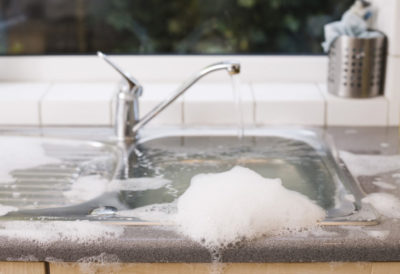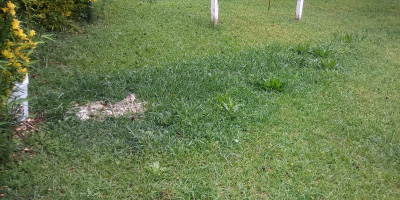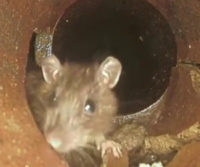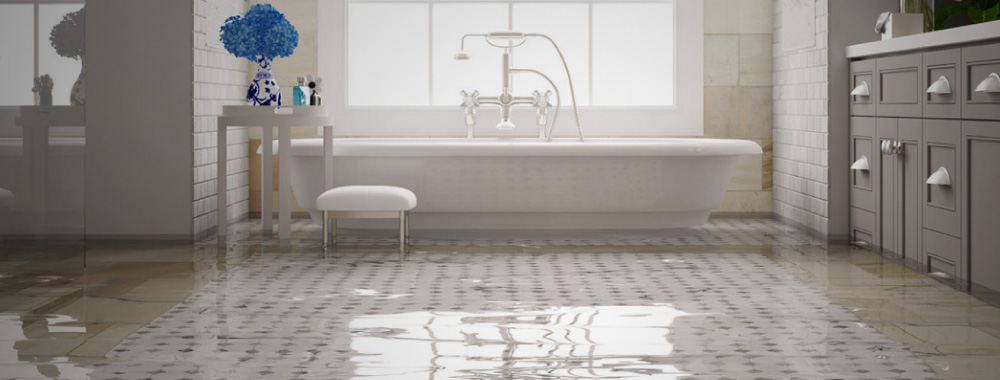8 Signs Your Pipes May Be Failing
1) Pipes Clog Often
If you repeatedly experience backups or clogs even after calling a plumber to have your pipes cleaned, you may have a serious problem with your pipes. Intrusion of tree roots, offset joints, breaks, and cracks can all cause clogs to form. Solids flushed into the pipe system often get snagged and exacerbate the problem.
2) Slow Running Drains
 As tuberculation (rust) builds up or oils, fats, hair, and debris accumulate in drainage pipes, they restrict the effective diameter of the pipes and the carrying capacity diminishes. Regular snaking and liquid de-clog treatments may help in the short term, but in pipes that are failing, the build-ups inevitably get worse requiring expensive calls to a plumber when drain cleaner alone can’t get it done (that may actually cause additional harm to your pipes).
As tuberculation (rust) builds up or oils, fats, hair, and debris accumulate in drainage pipes, they restrict the effective diameter of the pipes and the carrying capacity diminishes. Regular snaking and liquid de-clog treatments may help in the short term, but in pipes that are failing, the build-ups inevitably get worse requiring expensive calls to a plumber when drain cleaner alone can’t get it done (that may actually cause additional harm to your pipes).
3) Sewer Odor In Or Around Your Building
If a failing pipe is in the house or near the surface, a mixture of rotten smelling gas including methane and hydrogen sulfide will often leak out of cracks and breaks. When sewer pipes are leaking underground, sewer water permeates the soil where solids and organic waste are metabolized and broken down by bacteria. This biological process releases gasses and odors that may seep out of the ground creating an area that is noticeably unpleasant smelling but difficult to pinpoint. This is especially the case in places with a high water table such as Florida where the odor may appear to come and go with the seasons and variations in household load.
4) Especially Lush Patches In Lawns or Greenspaces
 While not very sanitary, sewage makes great fertilizer. Plants love water and nutrients and wastewater provides both in abundance. Leaks or breaks in sewer and drainage pipes allow wastewater to permeate surrounding soils where grasses and vegetation will take advantage. You may have a failing pipe if you notice islands of especially green grass or small bunches of shrubs that appear to be growing at a much faster rate than their neighbors.
While not very sanitary, sewage makes great fertilizer. Plants love water and nutrients and wastewater provides both in abundance. Leaks or breaks in sewer and drainage pipes allow wastewater to permeate surrounding soils where grasses and vegetation will take advantage. You may have a failing pipe if you notice islands of especially green grass or small bunches of shrubs that appear to be growing at a much faster rate than their neighbors.
5) Mold-Growth On Ceilings or Walls
Leaking pipes deliver moisture and nutrients to the enclosed spaces behind walls and in floors. These spaces receive little air flow and provide a perfect breeding ground for mold. If you see mold growing on ceilings or walls, especially if accompanied by any water staining, you may have a pipe failure nearby.
6) Yard Indentations or Sinking Asphalt or Pavers
Sunken areas forming in your yard or under pavers are often the first indication that sediment is infiltrating into your pipes and being carried away downstream. In extreme cases a void may develop underground that eventually collapses creating a “sink hole”.
7) Pest Infestations
 Rodents and Insects live in sewer systems. Persistent pest problems that pest control efforts can’t seem to solve may indicate a problem with your pipes. The common German cockroach can fit through small cracks in pipes while the common rat can squeeze through a space no thicker than your big toe.
Rodents and Insects live in sewer systems. Persistent pest problems that pest control efforts can’t seem to solve may indicate a problem with your pipes. The common German cockroach can fit through small cracks in pipes while the common rat can squeeze through a space no thicker than your big toe.
8) Foundation Cracks and Settling
Failing sewer and drainage lines can cause damage to foundations and the structures they support in two primary ways:
Organic Decomposition – Liquids leaking from failing pipes deliver a supply of oxygenated water into the earth underneath foundations encouraging the biological decomposition of organic matter in the soils. The decomposition of organic soil constituents reduces the volume of the soils in a affected regions underneath the foundation removing uniform support and causing strain and cracking of the foundation.
Soil Infiltration – Pipes are empty most of the time while surrounding soils are often saturated with moisture. Breaks and cracks in pipes allow the moisture and soil around the pipe to infiltration into the pipe where it the soil is carried downstream. Over time, as soil infiltrates the system underground voids will develop which are incapable of supporting the earth above them. Voids that collapse slowly cause strain and cracking of foundations while voids that collapse quickly cause sink holes.


